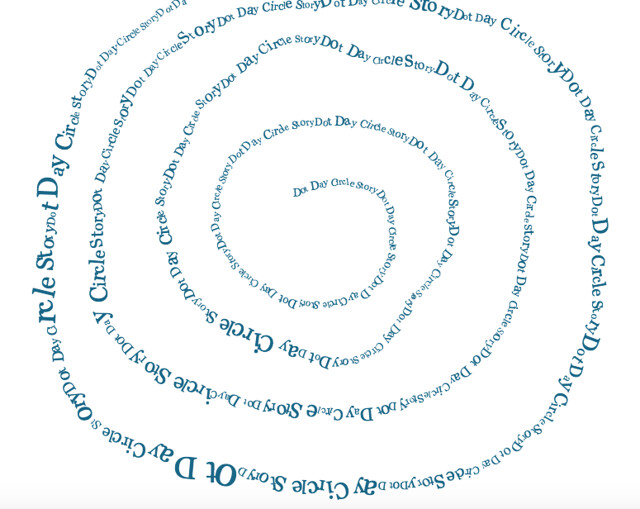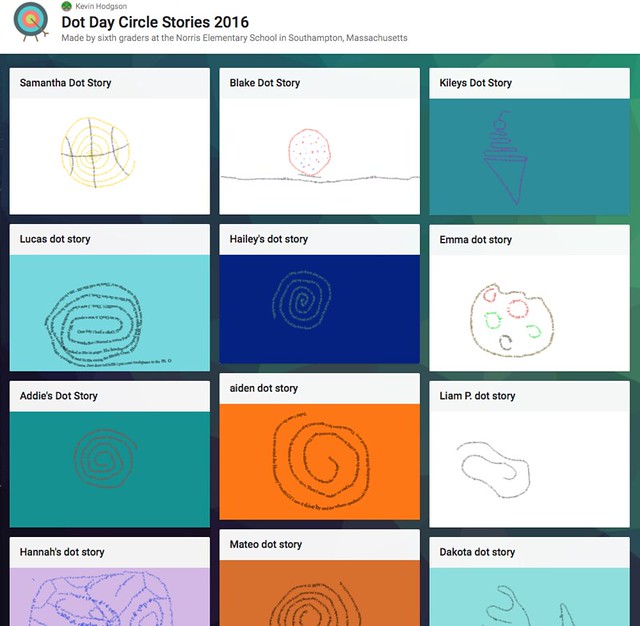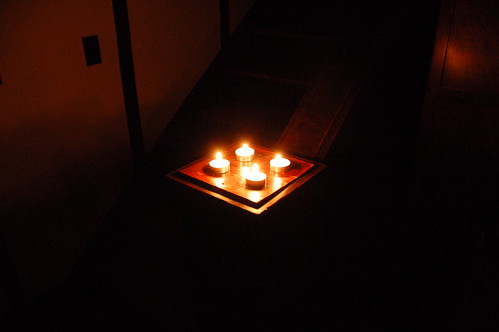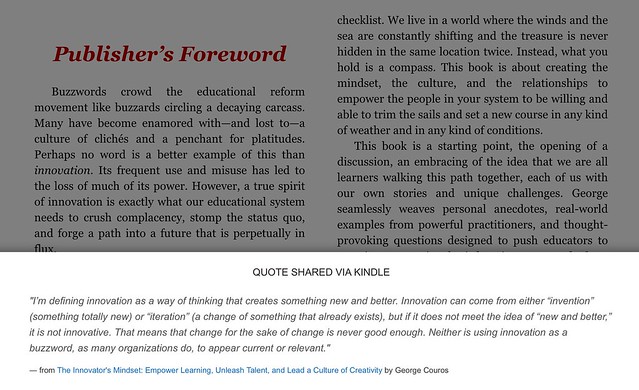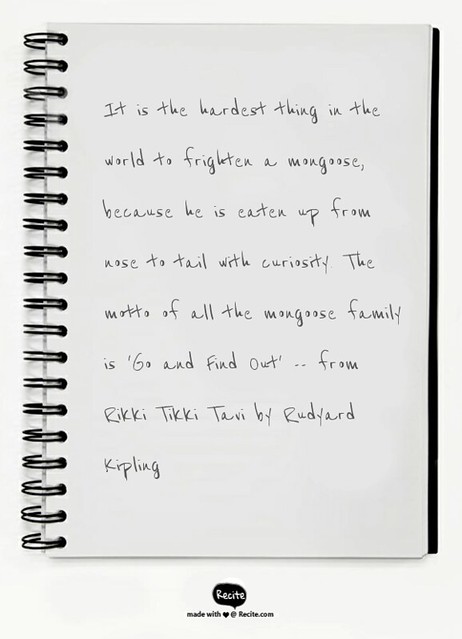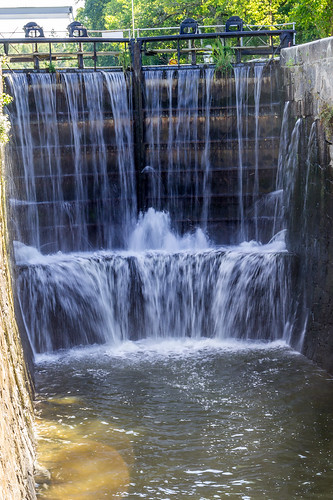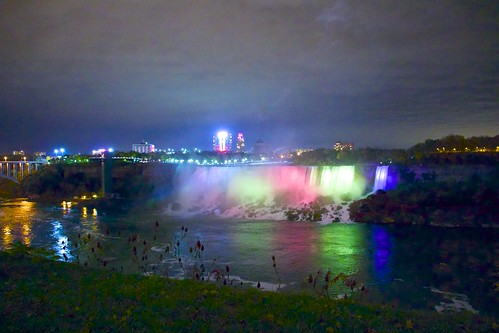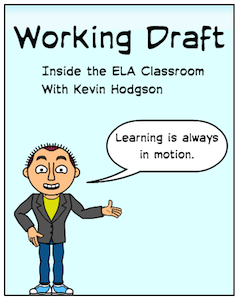
Each week, Margaret Simon puts forth a theme for DigiLitSunday and we are at “reflection.” What a great theme. We need to reflect more, and we need to find ways for our students to reflect more on what they have done or are doing or will do. Last year, I piloted Digital Writing Portfolios (although “writing” became more than just pieces of writing by the time we were done — along with stories, they had comics and videos and video games) and a key element of each project was the act of reflecting.
First, they must write a reflection after completing each digital project. This allows some space between the piece itself and the process that went into composing the piece. I find this does not come natural to my students. They need mentor texts and discussions about reflecting. Many struggle with it.
Then, during the Digital Portfolio time, they return to all that they have made over the school year and read all of the reflections, and then begin curating their work. Again, they reflect.
Why did you choose the pieces and what about those pieces spoke to you?
Last year, I didn’t model this final reflective stance enough. I have excuses: we ran out of time in the year, I was still figuring out how to help them use Google Sites for their portfolios, etc. But I know I need to do a better job. If I believe in it, then I need to make time for it.
I was wondering how I can adapt what I did for this following video, where I overlaid a reflection of a song I was writing, with the words of the song in motion, and my voice. I found it a powerful experience to reflect on the process. It helped make me a better songwriting, I think. How might this process make my students better writers? How can I manage this kind of digital reflection project in the classroom with so many students? Those are questions I will need to grapple with.
What is true, though, is the learning itself is often not in the final project we see, but in the process that comes before and the reflection that comes afterwards. By making those compositional points more visible to students, they can bear witness to how much they have accomplished. By making those points more visible to us, the teacher, we can bear witness to the amazing potential of our students as digital composers.
Peace (upon reflection),
Kevin

